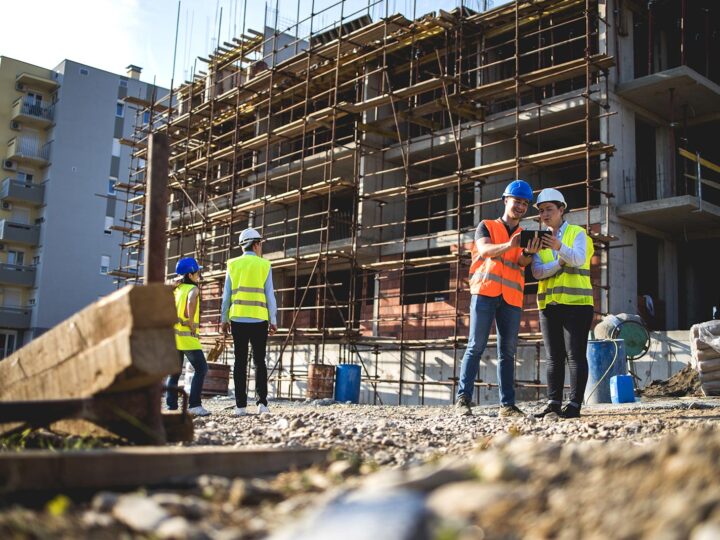
Claims Retrospective: Problematic Clients Can Lead to Potential Claims
One way to avoid claims is to avoid bad, or problematic, clients. Before entering a contract for services, engineers should always take time to adequately vet clients.
If the client is an entity, the engineer should research how long the entity has been in business and its reputation, if any, in the industry. A lot of information can be discovered through simple internet searches. For example, whether the entity is in good standing, when it was created or registered with the state, and the identity of some of its officers and agents can usually be learned through a search with the applicable Secretary of State. Searches of cases through the local clerk of court can also give the engineer some information about cases filed by or against the entity. For example, whether others have had to file suits against the client to obtain payment for their services or whether the client has filed a multitude of litigation against others in relation to past projects.
Another good source of information is colleagues in the field. If the client is a contractor or other design professional, it is likely they have worked with other engineers on past projects. These colleagues may be able to provide information about their day-to-day dealings with the client, the client’s expectations, or the client’s level of organization and communication skills.
If the client has gone through several design professionals on the same project, has been engaged in project litigation in the past, or otherwise has a reputation for being difficult to deal with, it should raise red flags that should make the engineer rethink taking on a project with that client.
Of course, it can be more difficult to assess the client if they are a private property owner on small projects, particularly construction, repair, or improvements to an owner’s personal residence. Although it is still possible to uncover information about private individuals with internet searches, the most valuable information may come from the engineer’s personal interactions with the individual.
It is best for the engineer or a staff member to meet with the prospective client(s) personally prior to agreeing to perform services. It is much easier to gauge what it will be like to work with an individual via an in-person meeting rather than a telephone call or email. Meeting the individual in person will provide clues as to whether the engineer and the client may have difficulties, such as personality conflicts. The engineer can then make a more informed decision prior to signing an agreement for services.
Regardless of the mode of communication, it is important to ask questions about the individual’s experience with construction projects in the past as well as their expectations of the current project. Often, the engineer can learn whether the person has unrealistic expectations about costs, deadlines, practicalities, etc. When unrealistic expectations are inevitably not met, claims often follow. Another red flag is when the individual tends to unreasonably dictate the details of the engineer’s design work, such as specifying the materials to be used, what methods are employed, etc. The know-it-all-client will almost certainly hold the engineer responsible if they do not like the result of their own requested choices.
Engineers should take time to evaluate clients before agreeing to work for them. Problematic clients should be seen as potential claimants, and engineers should determine whether working with these clients is worth it or at the very least how to proactively address matters in order to prevent or limit future claims.






